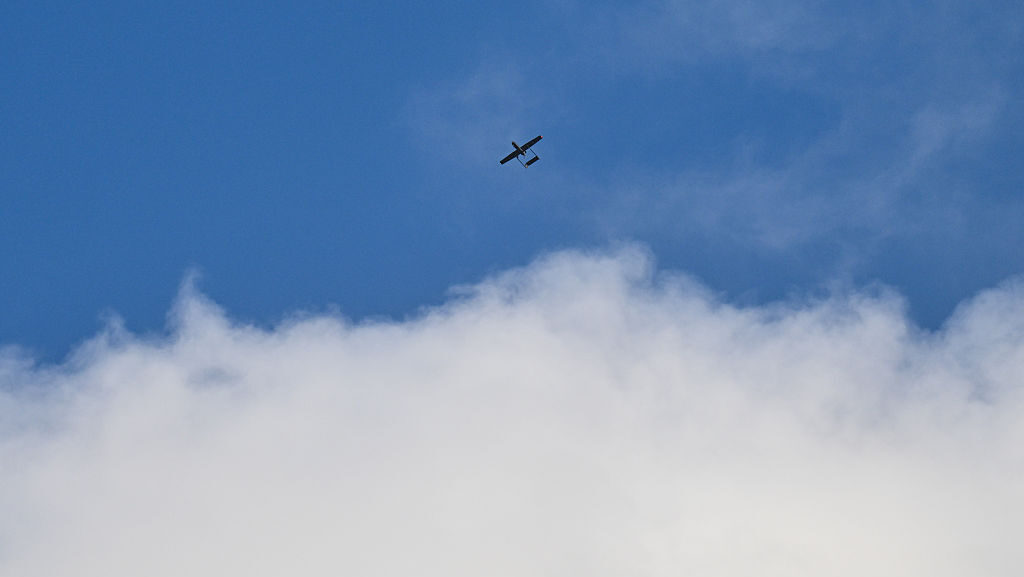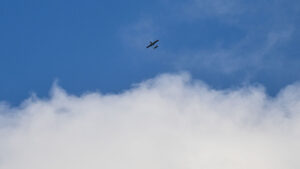
European countries are moving rapidly towards implementing a comprehensive “drone wall” to enhance aerial defense capabilities, with an initial architecture expected to be mapped out within the next few months. Senior defense officials, including Estonian Minister of Defence Hanno Pevkur, emphasize that effective detection of threats, particularly at low altitudes, remains the foremost challenge.
During discussions at the Halifax International Security Forum, Pevkur highlighted the difficulties in detecting not only drones but also low-flying cruise missiles. He noted that Ukrainian forces currently struggle to intercept between 20 percent and 30 percent of incoming Russian drone attacks. “Detection—especially on low altitudes—is the most difficult part. When you add to that the low-flying cruise missiles, detection becomes even more challenging,” he stated.
The need for advanced detection systems was echoed by Gen. Onno Eichelsheim of the Netherlands and Adm. Giuseppe Cavo Dragone, Chair of the NATO Military Committee. Eichelsheim pointed out that a combination of acoustic, passive systems, and radar technology is essential to effectively monitor drone activity. He remarked, “Having drones at low levels makes them less detectable, given the extensive areas that need protection.”
Pevkur urged the defense industry to develop innovative detection technologies to confront these challenges, particularly for threats traveling at speeds exceeding 500 kilometers per hour (approximately 310 mph) at altitudes between 100 and 200 meters (around 330 to 660 feet). He stressed that the cost of such advancements remains a significant concern, especially during peacetime when military readiness is not consistently maintained.
Strengthening Defense Measures Across Europe
In response to an increase in suspected Russian drone incursions, NATO countries are enhancing air defenses throughout Eastern Europe and beyond. Recently, drones were observed over the Netherlands’ Volkel air force base, leading to air traffic suspensions in Eindhoven. Following reports of Russian drones in Polish airspace, Dutch F-35 fighters were deployed for interception. This raises concerns about the cost-effectiveness of using high-value aircraft to counter low-cost threats, underscoring the urgency behind the European Union’s push for a “drone wall.”
The European Union aims to have the initial phase of the Drone Defence Initiative operational by the end of 2027. This initiative is part of a broader strategy outlined in the EU’s Defense Readiness Roadmap and is designed to create a multilayered system with interoperable counter-drone capabilities for detection, tracking, and neutralization. According to European Commission documentation, the initiative will employ a “360-degree approach” to ensure comprehensive coverage against aerial threats.
Eichelsheim anticipates that the foundational architecture for the drone wall will be established within months, although he cautioned that complete protection is unattainable, and “flaws” will inevitably exist within the system. He stated, “The capabilities are actually already there,” and emphasized the importance of quickly filling in the operational framework.
Addressing Legal and Operational Challenges
In addition to technological hurdles, both Pevkur and Eichelsheim highlighted the importance of addressing airspace management and the rules of engagement. Pevkur pointed out the need to differentiate between peacetime and wartime operations, noting that military forces cannot simply close airspace without risking civilian aircraft. He warned that misidentification could lead to tragic consequences, such as mistakenly targeting small aircraft carrying civilians.
Eichelsheim echoed these concerns, emphasizing the complexities involved in coordinating military, police, and civilian authorities. He described the need for clear international protocols to ensure that those authorized to engage threats have the correct rules of engagement.
As European nations work to fortify their aerial defenses, the focus remains on improving detection capabilities and developing effective responses to the evolving landscape of aerial threats. With the potential for rapid advancements in technology and operational strategies, officials are hopeful that these efforts will enhance security across the continent in the face of increasing drone activity.






